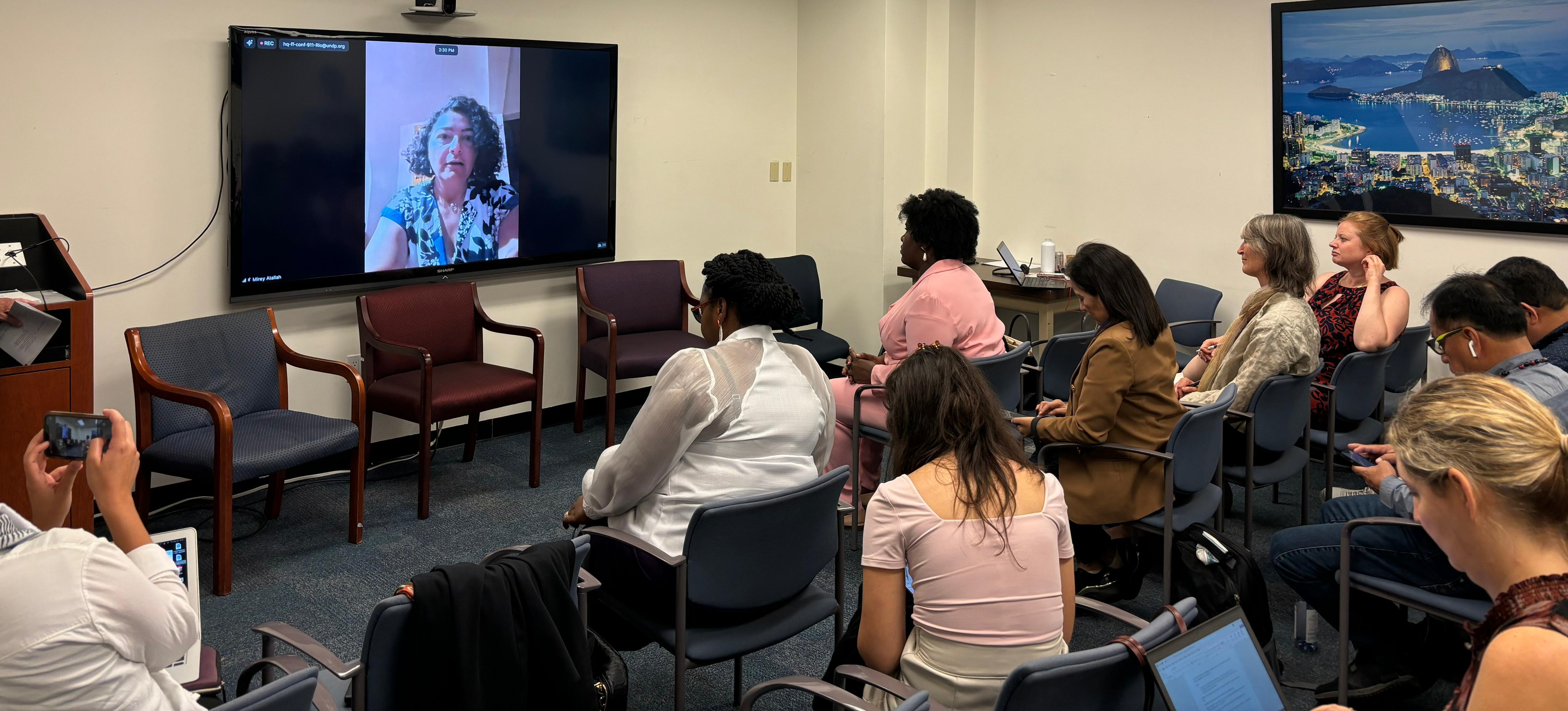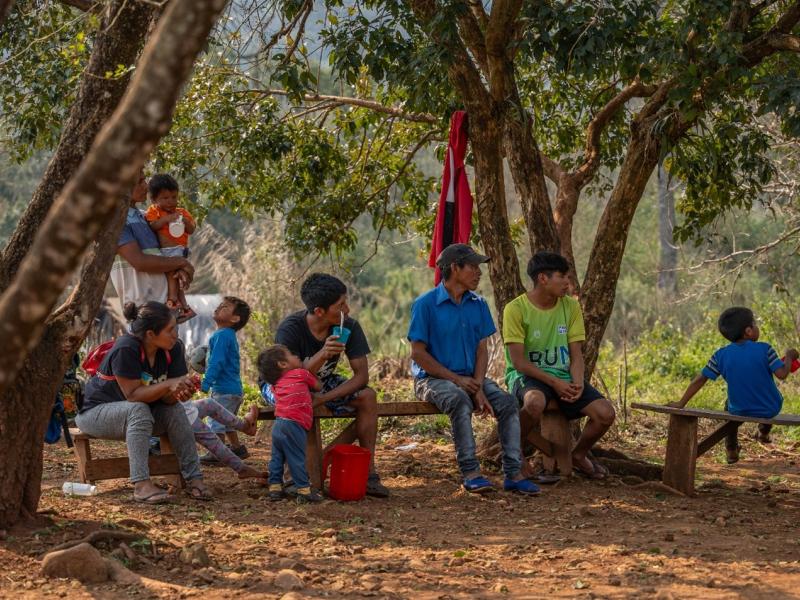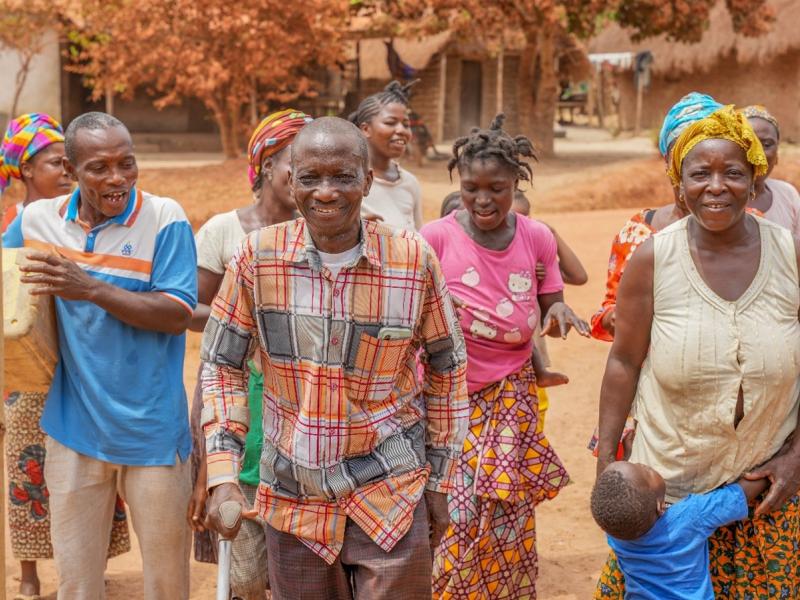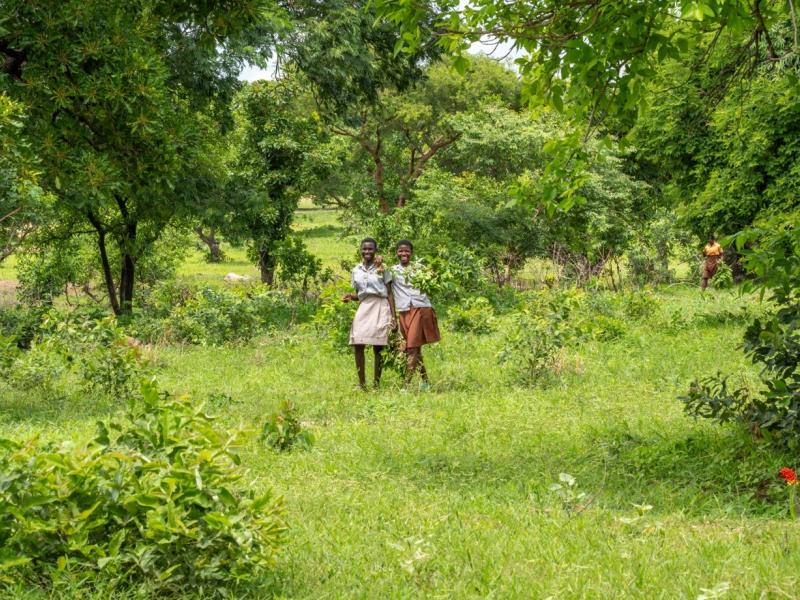Tackling deforestation and forest degradation is crucial for achieving countries’ climate and biodiversity goals, as well as for meeting global climate commitments.
New research from the World Wildlife Fund (WWF) and Climate Focus found that not only are we currently off-track to meeting our global forest goals and losing forests at alarming rates, but forests are also underrepresented in Nationally Determined Contributions (NDCs).
To help overcome these challenges, more than 20 national policymakers, climate and forestry experts, and indigenous leaders gathered during New York Climate Week in September to discuss the difficulties and opportunities in global forest financing.
The event sponsors -Climate Focus, the United Nations Development Programme (UNDP), the United Nations REDD Programme (UN-REDD) and the Meridian Institute -brought together these stakeholders to share specific tools and promising strategies being implemented in countries across the globe to tackle deforestation.
The need for action on forests and emissions is clear. Temperature rise in 2024 shattered global records and highlighted the urgency of such discussions and the need to for immediate political action. NDCs, each country’s commitment to reduce emissions and climate impacts as established in the 2015 Paris Agreement, are at the center of this urgent political agenda.
As the next generation of NDCs are being developed (NDCs 3.0) to align governmental bodies around the 1.5-degree global temperature goal, nations are looking to meet and enhance their NDCs by early 2025. The agriculture, forest, and land use (AFOLU) sector represents about 25 per cent of global emissions, but the 2024 Forest Declaration Assessment finds we are not on track to meet international forest pledges for 2030.
The biggest barrier to NDC implementation, according to Claudia Ortiz, Climate Change Specialist at UNDP, is finance. The estimated cost of delivering NDCs globally by 2030 is US$5.8 trillion, yet international pledges to protect, conserve, and restore forests (“green” finance) averaged less than US$6 billion per year between 2021-25. This forest finance gap hinders countries’ abilities to enact policies to reach their NDC ambition.
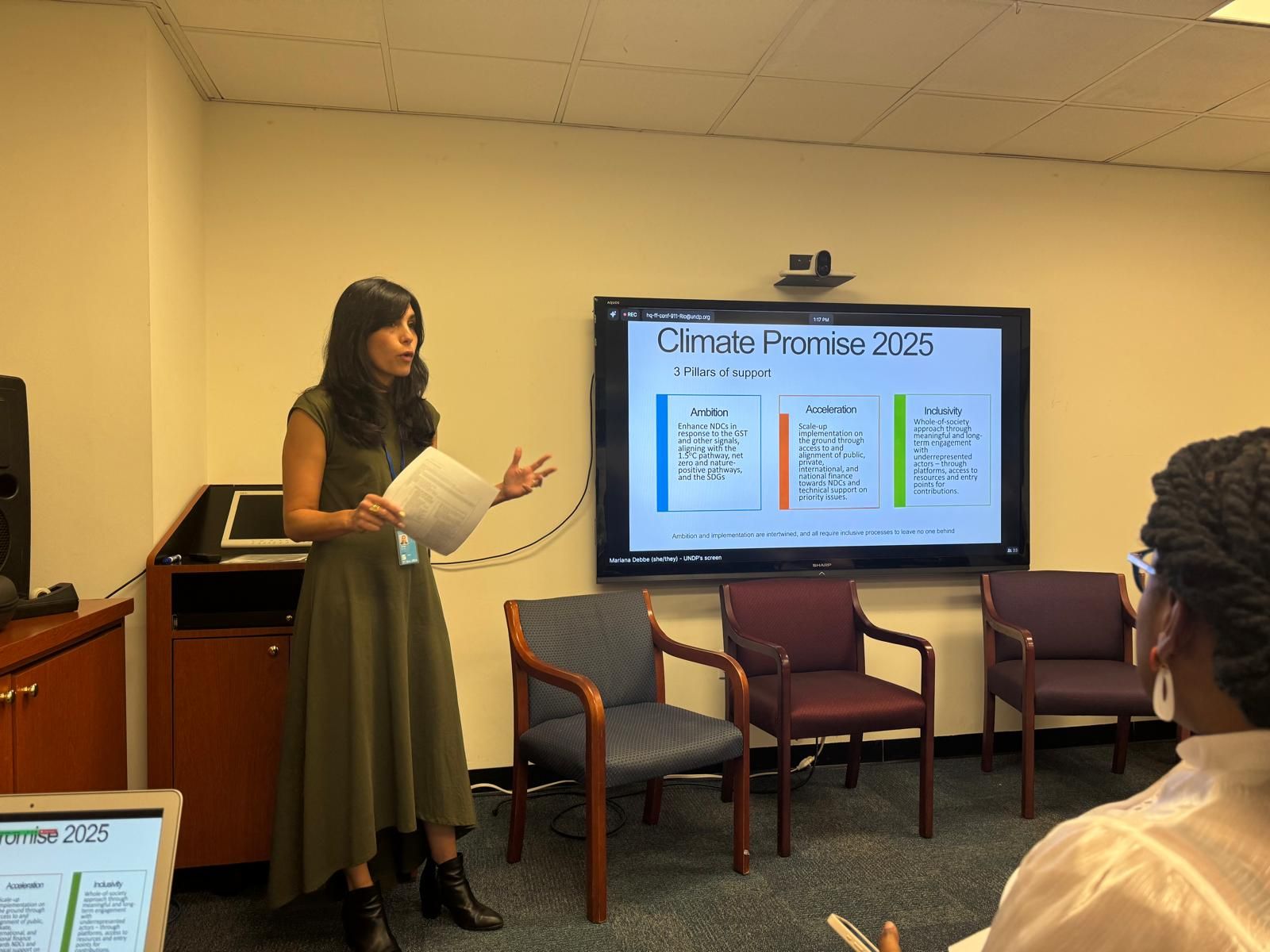
What is a fair carbon price?
In Ghana’s forest and land use-sector, the low price of forest emission reductions in the carbon market (as little as $5 per ton) is not commensurate, to a large degree, with what inputs are needed to scale of the work being done through REDD+, restoration of shea landscapes, and accessing high-integrity carbon markets.
At the New York event, Roselyn Fosuah Adjei of Ghana’s Forestry Commission noted that the incentives are also low for those who rely on forests for their livelihoods. According to Adjei, countries attempt to provide economic alternatives by opening new markets or utilizing resource-based payments, but many communities are not ready for these markets - emphasizing the need for blended finance in the forest sector.
Afia we Mwenze of the New Economy for the Congo Basin Initiative (NE4CB), in the Democratic Republic of Congo, said deforestation tends to occur as a means of survival for those who do not have access to alternative economic activities. It is evident that NDC’s must be implemented in a way that allows national frameworks to respond to the material needs of stakeholders at the local level.
Using innovative strategies in the forest sector to enhance NDCs, countries are proving forest solutions are possible. In Peru, federal law requires the direct consultation of indigenous communities and other non-state actors to provide recommendations and feedback on NDCs.
Oseas Barbarán Sánchez, President of the Confederación de Nacionalidades Amazónicas del Perú (CONAP) and member of the Shipibo-Conibo people, expressed the importance of including indigenous voices and vision in decision-making. As Sánchez shared, IP communities in the Amazon provide governments with not just vision and perspective but directly enact and receive finance for climate change mitigation and adaptation in forested areas of their territories that enable achievement of country-wide NDC ambition.
From the Peruvian Government perspective, Berioska Quispe, Climate Change Director from Peru’s Minister of Environment, explained how the government is organized around the NDC, consulting with multiple sectors and stakeholders, including the Indigenous Peoples Platform for Climate Change, which is now anchored in Peruvian law. This has enabled the inclusion of the REDD+ Indigenous Amazonia IP-led initiative as part of the national sectoral strategies.
Similarly, Adjei pointed out that Ghana’s NDC achievements are largely due to forest strategies. The forest sector is outperforming others in Ghana by achieving 35-40 per cent of its NDC target as of 2024, in large part due to its innovative ambitions to reduce deforestation in agricultural supply chains. Through tree plantations, REDD+ activities, and carbon markets, Ghana’s forest work is linking different mechanisms to finance and implement their NDC.

Support for NDCs from the Climate Promise 2025
Some of the strategies referenced by the government speakers, namely opportunities in carbon markets and accelerating direct finance to IPs, are recommendations included in the UN’s Climate Promise 2025 program.
Climate Promise 2025 is committed to supporting NDC enhancement for countries in the lead-up to COP30 in 2025. Already, 127 developing countries have indicated plans to revise their NDCs. Climate Promise 2025 has begun hosting regional NDC 3.0 forums and engaged in national-level coordination with 64 countries, particularly on how IP and LC-led and Forests, Land, and Nature solutions can accelerate NDC implementation in the nature-climate nexus.
Likewise, the UN-REDD Programme has committed to working closely with countries during its next phase in 2025 to evaluate the tradeoffs involved in implementing NDCs. Tools like the NDC 3.0 Navigator from the NDC Partnership are designed to support countries in identifying how and where to raise NDC ambition for 2025. Similarly, the NDC Guidance from UNDP and Climate Focus on Aligning Short-term Land Sector Actions with Long-term Climate Goals and the Emerging Forest Finance Instruments report from the Forest Declaration Assessment provide concrete recommendations on finance models and mechanisms being used today to help countries bridge the forest finance gap.
Since 2015, forest countries have achieved significant strides; there have been successes in Ghana, Peru, and even an improvement in global finance, with US$200 billion flowing to nature-based activities according to the UNEP’s State of Finance for Nature 2023 report.
Still, with an astounding US$7 trillion flowing to activities that are destroying nature, much work remains to reach global forest and climate goals by 2030. The country-level strategies and tools shared in the New York event offered a promising and crucial path forward.
